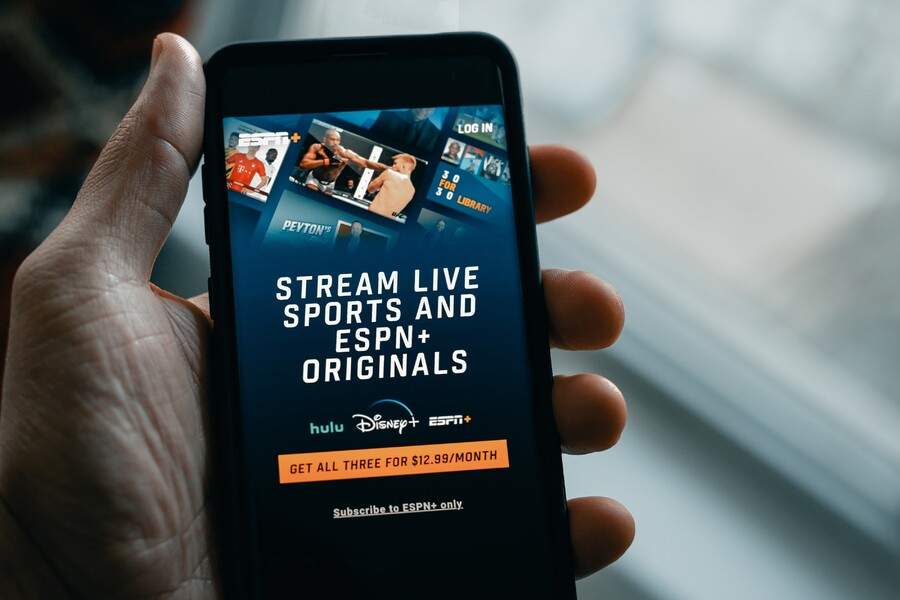We had an incredible discussion about how the best music for a visual project might not always be the most accessible. If you missed it, you can catch up on the conversation here. In this piece, we’re tackling a crucial question regarding the licensing of music for film, TV, the Internet, DVD, VOD, and other platforms that might still be in the idea or demo stages.
Would it be advantageous for a licensor to grant all media rights for a visual project?
Before we answer YES or NO… It’s important to understand that Broad Rights or All Media Rights refer to the different mediums where the music will be synchronized with the picture. When a licensee requests “All Media” rights, they are asking for the right to use the music across multiple media platforms. These rights typically cover Film Festivals, Theatrical Exhibition/cinema, Television, Home Video, Pay/Subscription Cable, Industrial, Video Games, In-flight, Trailers/Promos, and so on.

Why go after All Media Rights?
This approach is often used by Music Supervisors and Licensing Specialists to secure music rights in one go for all current and future media formats. Imagine watching an advertisement twenty years from now without the original music, or revisiting the iconic scene between Kate Winslet and Leonardo DiCaprio on the Titanic’s front deck in a new media format without Celine Dion’s “My Heart Will Go On.”
The absence of the original music would fail to evoke the same nostalgic emotions the audience expects. Therefore, a Music Supervisor or Licensee would seek to obtain all rights at once, ensuring the music can be used perpetually across all existing or future media formats.
Is Broad Right a Win for the Licensor or Licensee?
This depends on the specific circumstances. Take a typical movie, for instance, which might be showcased across various platforms at different times, following a progression like this:
- Film Festival Exhibition
- Cinema Placement (Theatrical Exhibition)
- Licensing for In-flight Services
- Exclusive streaming on an SVOD platform (e.g., Netflix) for a set period
- Non-exclusive distribution to other platforms, such as TVOD (e.g., Amazon’s Rent or Buy)
- Placement on Pay/Subscription Cable
For each of these placements, the producer receives a fee in exchange for licensing the visual project.
However, if Broad Rights are negotiated, no additional royalties would be paid for the master use and sync license as the film moves through different media platforms. This means the music used would not generate sync royalties, as this would have been covered by the Broad Rights agreement.
What’s the alternative to Broad Rights or All Media Deals?
When budgets are tight, a Back-end or Step Deal can be a viable alternative.
A Back-end or Step Deal allows a Licensor to receive additional payments beyond the initial license fee once certain milestones are met. For example:
- ₦3000 upfront for cinema exhibition
- ₦1000 upon licensing for in-flight exhibition
- ₦2000 upon licensing to an SVOD platform
- ₦500 upon licensing to Pay/Subscription TV
(Note: These figures are illustrative and not actual licensing rates.)

We had an incredible discussion about how the best music for a visual project might not always be the most accessible. If you missed it, you can catch up on the conversation here. In this piece, we’re tackling a crucial question regarding the licensing of music for film, TV, the Internet, DVD, VOD, and other platforms that might still be in the idea or demo stages.
Would it be advantageous for a licensor to grant all media rights for a visual project?
Before we answer YES or NO… It’s important to understand that Broad Rights or All Media Rights refer to the different mediums where the music will be synchronized with the picture. When a licensee requests “All Media” rights, they are asking for the right to use the music across multiple media platforms. These rights typically cover Film Festivals, Theatrical Exhibition/cinema, Television, Home Video, Pay/Subscription Cable, Industrial, Video Games, In-flight, Trailers/Promos, and so on.
Why go after All Media Rights?
This approach is often used by Music Supervisors and Licensing Specialists to secure music rights in one go for all current and future media formats. Imagine watching an advertisement twenty years from now without the original music, or revisiting the iconic scene between Kate Winslet and Leonardo DiCaprio on the Titanic’s front deck in a new media format without Celine Dion’s “My Heart Will Go On.”
The absence of the original music would fail to evoke the same nostalgic emotions the audience expects. Therefore, a Music Supervisor or Licensee would seek to obtain all rights at once, ensuring the music can be used perpetually across all existing or future media formats.
Is Broad Rights a win for the Licensor or Licensee?
This depends on the specific circumstances. Take a typical movie, for instance, which might be showcased across various platforms at different times, following a progression like this:
– Film Festival Exhibition
– Cinema Placement (Theatrical Exhibition)
– Licensing for In-flight Services
– Exclusive streaming on an SVOD platform (e.g., Netflix) for a set period
– Non-exclusive distribution to other platforms, such as TVOD (e.g., Amazon’s Rent or Buy)
– Placement on Pay/Subscription Cable
For each of these placements, the producer receives a fee in exchange for licensing the visual project.
However, if Broad Rights are negotiated, no additional royalties would be paid for the master use and sync license as the film moves through different media platforms. This means the music used would not generate sync royalties, as this would have been covered by the Broad Rights agreement.
What’s the alternative to Broad Rights or All Media Deals?
When budgets are tight, a Back-end or Step Deal can be a viable alternative.
A Back-end or Step Deal allows a Licensor to receive additional payments beyond the initial license fee once certain milestones are met. For example:
– ₦3000 upfront for cinema exhibition
– ₦1000 upon licensing for in-flight exhibition
– ₦2000 upon licensing to an SVOD platform
– ₦500 upon licensing to Pay/Subscription TV
(Note: These figures are illustrative and not actual licensing rates.)
This type of deal is ideal for low-budget films with great potential, as it prevents the high costs of clearing expensive music from derailing the budget. However, in some cases, a Broad Rights deal might still be the best option for securing the rights to a particular song.
In conclusion, both the licensee and licensor must stay informed about trends in digital music licensing to ensure that music rights holders are fairly compensated, while also ensuring the best music is synchronized with visuals at a fair price. It’s encouraging that music and visuals are being licensed for use in emerging technologies, but it’s crucial that every rights holder is fairly compensated whenever their music is played on these platforms.


